Linkbait is both a strong and a controversial concept in the field of SEO and digital marketing. It’s a tactic that, when done well, can help a website gain good authority and plenty of organic traffic. But what is link bait in the first place, why does it work, and how can you use it for your own site? In this guide, we will be answering those questions and giving you practical link bait ideas and examples to help you master linkbaiting.
Linkbaiting: Definition and Purpose
Link bait (or “linkbait”) is any content that has been created for the purpose of attracting backlinks from other websites. The basic concept is easy — create something that is so useful, unique, or controversial that other webmasters, bloggers, reporters, or just users will want to link to it. Often referred to as “editorial links,” these links are considered some of the most prized by search engines due to the trust, authority, and relevance signals they provide.
Why Is Linkbait Important?
Links are still one of the most powerful ranking signals in search engines. Most of the time, though, the majority of content generates few or no links. In reality, research found that 94% of all content has no backlinks at all. Link bait solves this problem by intentionally creating content intended to be “linkable” so that there is a far greater chance of receiving the valuable links that increase site authority and rankings.
The Psychology of the Links: How Link Bait Works
The reason link bait works in the first place is that it plays on basic human and digital behavior, such as:
- Problem Solving: Individuals share information that addresses pressing issues or resolves the tangible challenges we encounter.
- Emotional Evocation: When content surprises you, delights, shocks, and even angers you, chances are you will share it and link back to it.
- Providing a fresh perspective: Original research, data, or perspectives are always unique and become the reference point for others.
- Offering Utility: Resources, tools, and templates that ease life tend to organically get referenced and shared.
- Starting Conversation: Controversial or thought-provoking content tends to create dialogue and foster interest.
What is Link Bait: 9 Formats to Know About
There are lots of different versions of linkbait; each has its own benefits. Here are the types that could be the most effective:
- Infographics: Visually interesting data or explanations that are easy to share and embed.
- Original Research & Data: Original research, surveys, or data sets that other people reference in their own content.
- Ultimate Guides: In-depth resources that become the go-to reference on a given topic.
- Controversial Opinions: Bold opinions or a perspective that goes against conventional thoughts.
- Interactive Tools: Free interactive tools and calculators that solve specific problems.
- Top Lists & Rankings: These are curated collections (“Top 100 Tools for Marketers”, for example).
- How-To Tutorials: Content that solves complex problems step by step.
- Quizzes & Games: Fun and easy-to-share experiences that drive participation.
- Viral Videos or Memes: Content full of entertainment or emotions, likely to be shared many times.
5 Real-World Link Bait Examples
To better understand what successful link bait looks like, let’s examine some real-world examples:
Linkbuilder’s Google Ranking Factors List
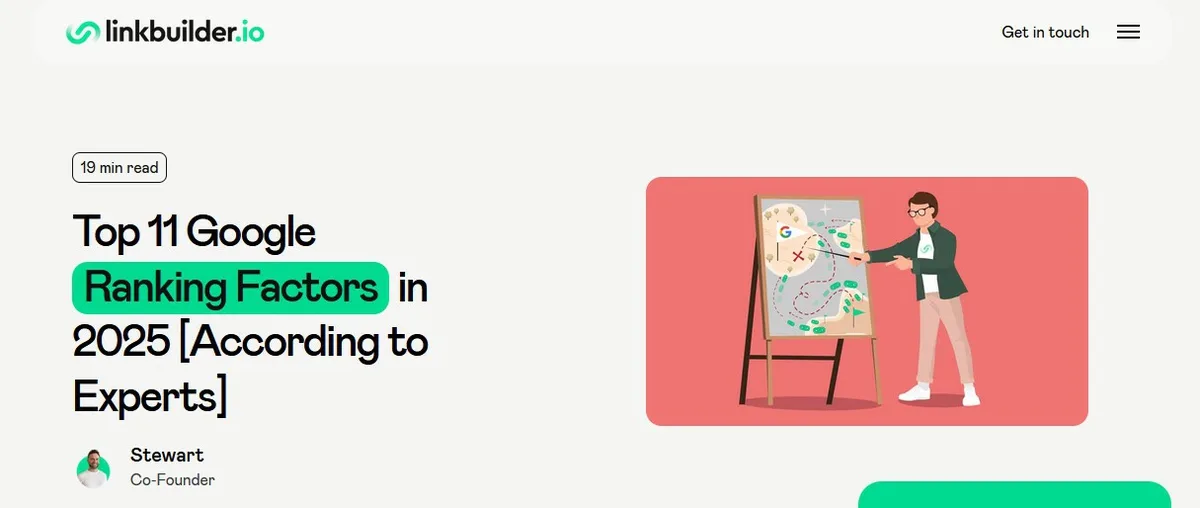
One of the most linked-to pieces in the SEO world is Linkbuilder’s exhaustive list of Google ranking factors. This resource has attracted thousands of backlinks because it aggregates and organizes valuable information in one place, making it a reference for countless articles and discussions.
Moz Search Engine Ranking Reports
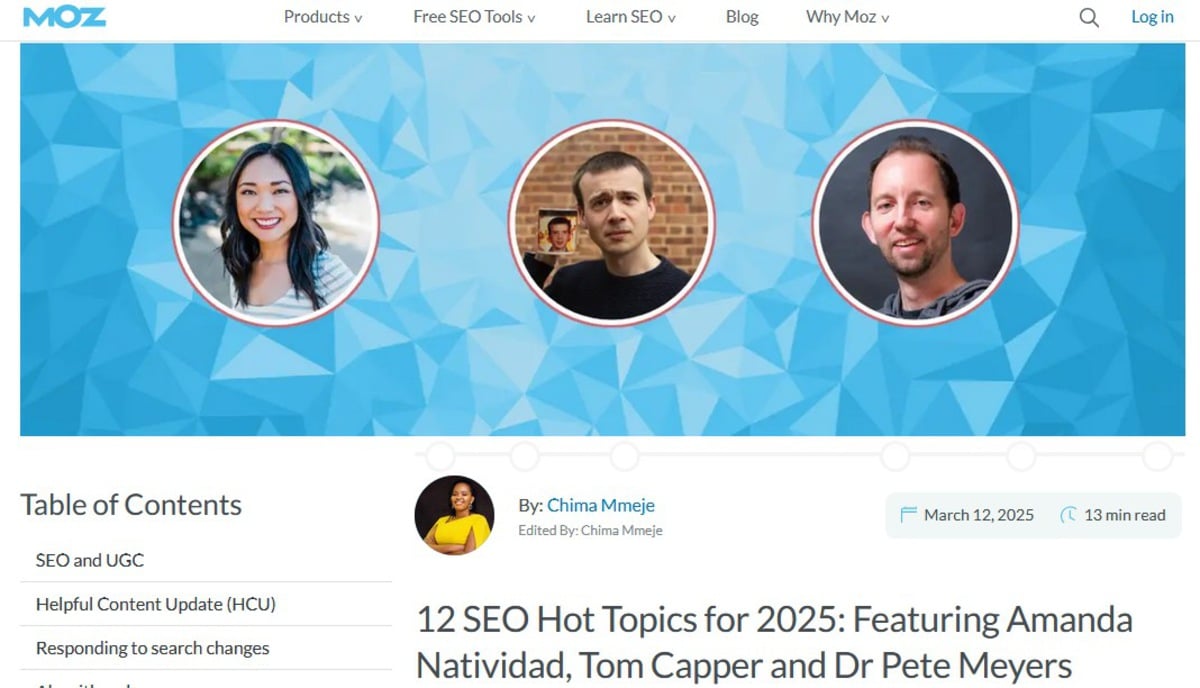
Moz also shares original research and industry reports periodically. Marketers, bloggers, and journalists love to cite these studies, and they score thousands of strong links.
Infographic on the “World’s Most Expensive Coffee”

A coffee retailer made this beautiful infographic of the most expensive coffees in the world. The hook, along with its compelling visuals, garnered coverage in leading publications and received hundreds of links.
HubSpot’s Free Tools
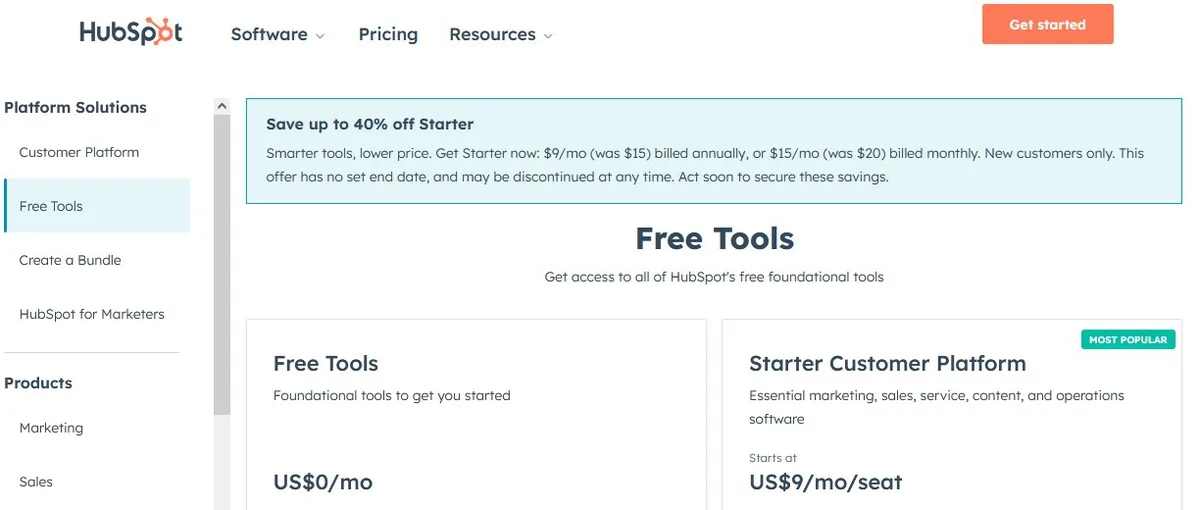
HubSpot has free website graders, email signature generators, and a number of other tools. Bloggers link to these tools and suggest them in forums, thereby providing an endless supply of backlinks to HubSpot.
Controversial Opinion Pieces
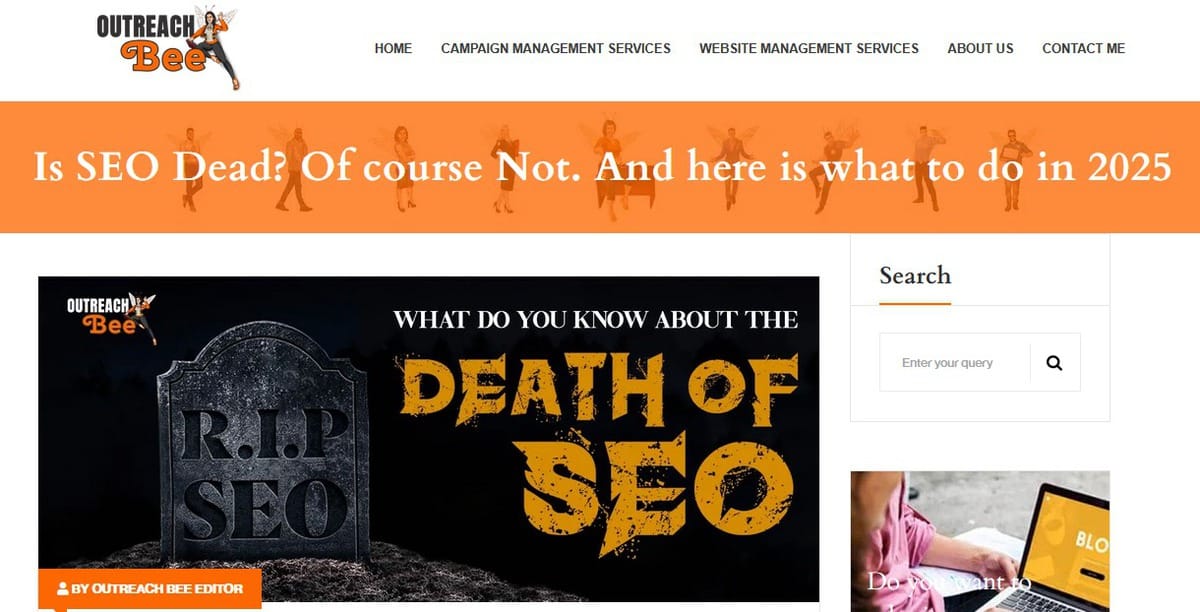
Other websites provide insightful opinions or challenge industry trends, such as “Is SEO Dead?” These articles spark debate and attract links from those who agree, disagree, or just want to join the discussion.
Why Linkbaiting Works: The Win-Win Scenario
Linkbaiting works because it sets up a win-win scenario:
- For the creator: Gain backlinks, increase authority, and improve relevance.
- For the Linker: They suggest good content to their audiences, thus gaining credibility.
- For the Audience: They get access to useful, entertaining, or insightful content.
So, as you can see, linkbaiting, when done right, isn’t a manipulative technique—it’s about truly bringing more value to the web.
How To Do Link Baiting in SEO: Best Practices
Linkbait is both an art and a science. Here are some basic best practices:
Focus on Value and Uniqueness
Your content should add a new, better, or different perspective. Don’t rehash tired topics—catch a new angle or tell the same facts a different way.
Know Your Audience
Know what matters to your target audience, what problems they have, and what kind of content they read and share. In other words, your link bait needs to focus on a topic that is relevant to them.
Make It Visually Appealing
Whether it’s an infographic, video, or interactive tool, solid visuals increase shareability and engagement.
Optimize for Shareability
Add easy sharing options, embed codes, and clear call-to-action buttons. Make sharing your stuff or linking to it as easy as you can for others.
Promote Aggressively
Even the best link bait doesn’t guarantee success on its own. Contact influencers, journalists, bloggers, and relevant communities. Share it on social media, forums, and e-newsletters.
Keep It Ethical
Do not use manipulative tactics or deceptive content. Focus on genuine value and relevance, otherwise you can get a bad reputation or get penalized by search engines.
Risks and Pitfalls of Linkbait
Link bait can be incredibly powerful, but do beware of its risks:
- Search Engine Penalties: Search engines may penalize or even de-index content that is considered manipulative, spammy, or in violation of their guidelines.
- Damage to Reputation: Poor quality or deceptive link bait can damage your brand’s credibility and trust.
- User Experience Problems: Content that promises too much and delivers little can leave users feeling frustrated and lead to a higher bounce rate.
As long as you put quality, relevance, and user value first, everything else will fall into place.
Linkbait vs. Clickbait: What Is the Difference?
You need to learn the difference between link bait and clickbait:
| Aspect | Link Bait | Clickbait |
| Purpose | Earns backlinks by providing real value | Gets clicks, often with misleading titles |
| Content Quality | High (ideally), valuable, unique | Often low, sensational, or misleading |
| Outcome | Boosts SEO and authority | Increases short-term traffic |
| Reputation | Can enhance reputation if done ethically | Can damage trust if overused |
Focus on genuine value and relevance, link bait is about getting true links through value, while clickbait is about getting clicks, whether that be true or false.
Link Bait Ideas You Can Use
Prepared to make your own link bait? Here are practical ideas to spark your next campaign:
Run an Industry Survey That No One Else Runs: Get some data that others don’t have and publish your findings.
- Write an in-depth “Ultimate Guide”: Cover a subject more thoroughly than anyone else.
- Create a free tool or calculator: Solve a common problem in your industry.
- Create a Shareable Infographic: Simplify complex data or trends into a shareable graphic.
- Write a Controversial Take: Find a hot topic and take a strong position (but have the data to back up that opinion).
- Create a gigantic list resource: Compile the best tools, books, or resources in your niche.
- Host a Challenge or Contest: Motivate users to participate and share
- Provide Downloadable Templates or Checklists: Provide practical resources that save time.
- Trend Analysis or Future Prediction: Project what is next in your industry using data.
- Interviews: Interview industry experts and convert their thoughts into a compelling narrative.
Final Thoughts on Using Linkbait Tactics
In my view, linkbait represents the intersection of creativity, strategy, and genuine value creation. When done well, it’s not just a way to game the system; it’s a way to elevate the quality of information available online. The best link bait doesn’t just attract links—it educates, entertains, or empowers its audience.
However, there is a real temptation to sacrifice quality for quantity. The web is littered with shallow, derivative content masquerading as link bait. To stand out—and to build a sustainable, respected brand—focus on originality, depth, and integrity. The most successful link bait campaigns are those that others are proud to reference, not just those that rack up numbers.
Learn how GTmetrix help with website performance testing and monitoring. If you want to share you experience about linkbait, head to our social pages on Facebook, X (Twitter), or LinkedIn.
Sources:
- www.ahrefs.com/blog/link-bait/
- www.backlinko.com/search-engine-ranking
- www.semrush.com/blog/link-bait/

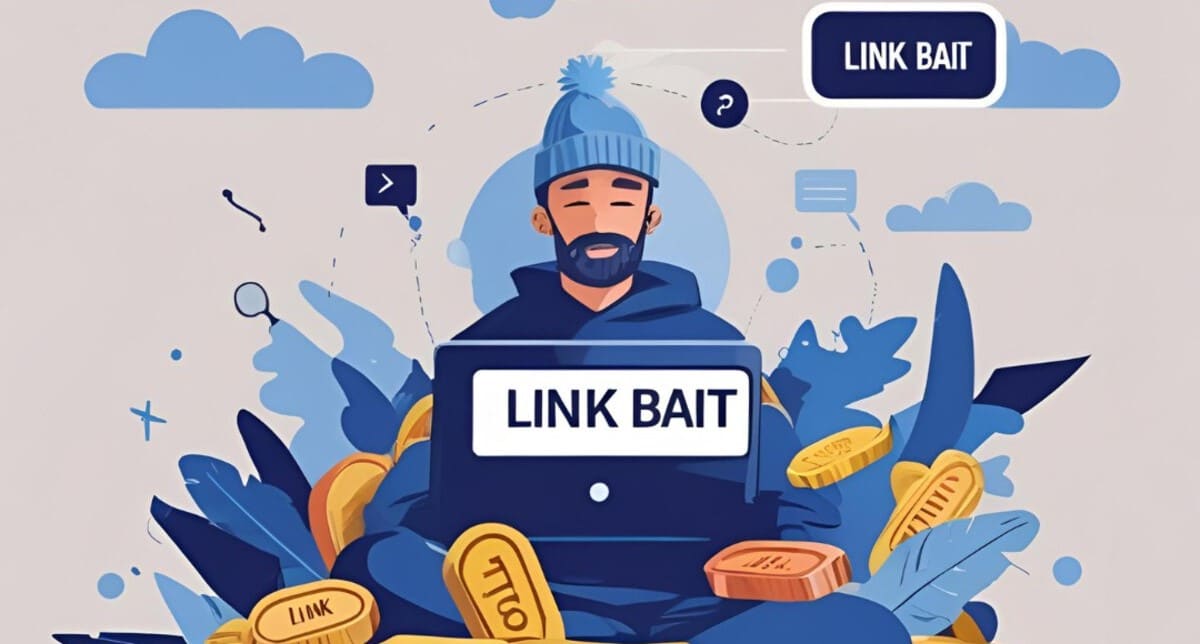

Stop Eggnogging Around: 4 Holiday Outreach Templates That Land Links
The Gift Guide Gold Rush: Your Backlink Strategy for High-DA Sites